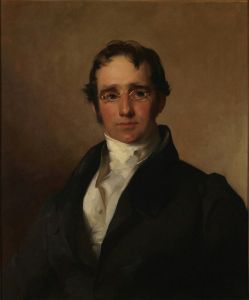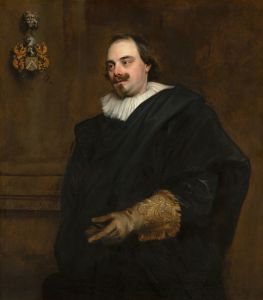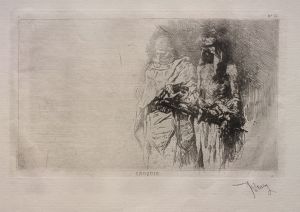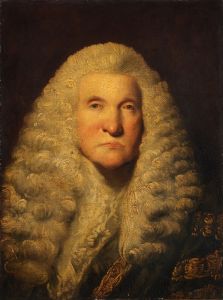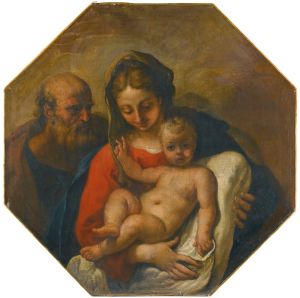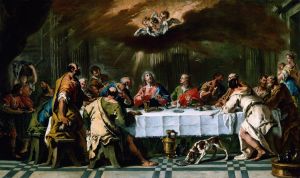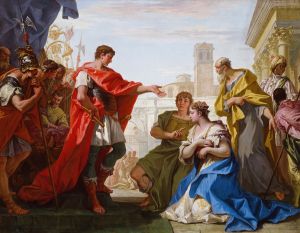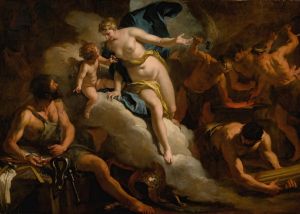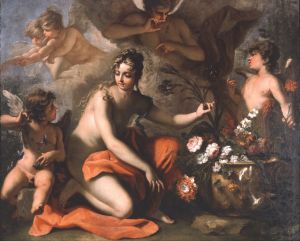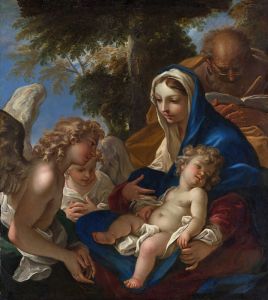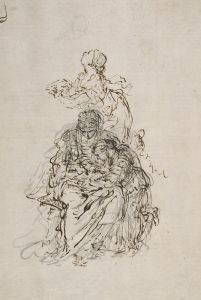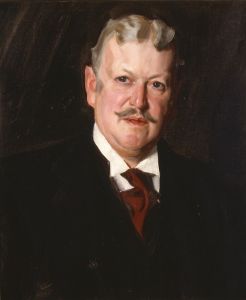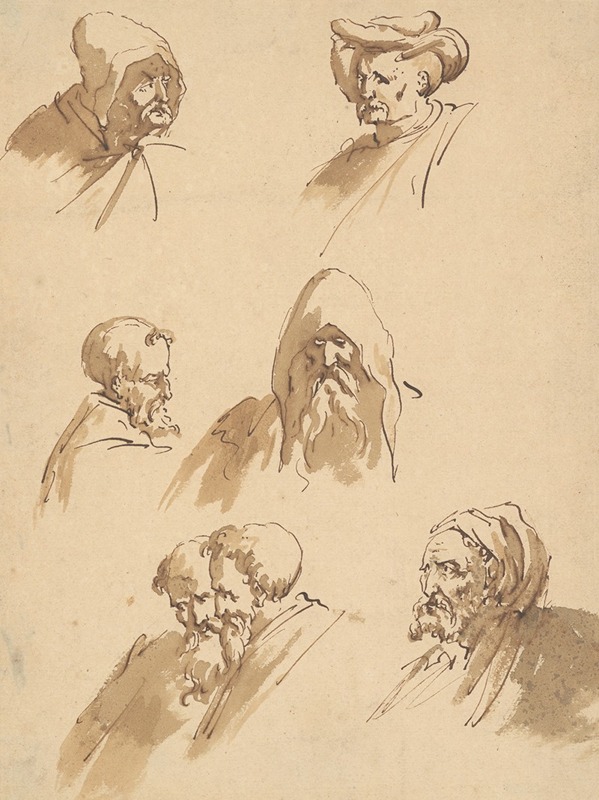
Seven Male Heads
A hand-painted replica of Sebastiano Ricci’s masterpiece Seven Male Heads, meticulously crafted by professional artists to capture the true essence of the original. Each piece is created with museum-quality canvas and rare mineral pigments, carefully painted by experienced artists with delicate brushstrokes and rich, layered colors to perfectly recreate the texture of the original artwork. Unlike machine-printed reproductions, this hand-painted version brings the painting to life, infused with the artist’s emotions and skill in every stroke. Whether for personal collection or home decoration, it instantly elevates the artistic atmosphere of any space.
Sebastiano Ricci, an Italian painter of the late Baroque period, is known for his dynamic compositions and vibrant use of color. One of his notable works is "Seven Male Heads," a drawing that showcases his skill in capturing human expressions and anatomy. Ricci was born on August 1, 1659, in Belluno, Italy, and he trained under Federico Cervelli in Venice. His career spanned several important artistic centers in Europe, including Venice, Florence, Rome, and London, where he worked for various patrons and contributed to the development of the Rococo style.
"Seven Male Heads" is a study that features seven distinct male faces, each rendered with meticulous attention to detail. The drawing is executed in pen and ink, a medium that Ricci often employed to explore the subtleties of human expression and form. The heads are arranged in a seemingly random manner, yet each one is carefully crafted to exhibit a range of emotions and characteristics. This work is a testament to Ricci's ability to convey the complexity of human emotions through simple yet powerful lines.
The drawing likely served as a preparatory study for a larger composition or as an exercise in capturing different facial expressions. Ricci's use of light and shadow in the drawing highlights the contours and features of each face, giving them a three-dimensional quality. The variety of expressions depicted in "Seven Male Heads" suggests that Ricci was interested in exploring the human condition and the diverse range of emotions that people experience.
Throughout his career, Ricci was influenced by the works of earlier masters such as Titian and Veronese, as well as his contemporaries like Giovanni Battista Tiepolo. His ability to blend the grandeur of the Baroque with the lighter, more playful elements of the Rococo is evident in his paintings and drawings. "Seven Male Heads" reflects this synthesis, combining the dramatic intensity of Baroque art with the delicate, expressive lines characteristic of Rococo.
Ricci's work was highly regarded during his lifetime, and he received numerous commissions from both religious and secular patrons. His ability to adapt his style to suit the tastes of his patrons while maintaining his artistic integrity made him a sought-after artist in various European courts. "Seven Male Heads" is a fine example of his draftsmanship and his keen observation of the human face.
Sebastiano Ricci passed away on May 15, 1734, in Venice, leaving behind a legacy of influential works that continue to be studied and admired. "Seven Male Heads" remains an important piece in understanding Ricci's artistic process and his contribution to the art of portraiture and expression. The drawing is housed in various collections, including museums and private collections, where it continues to be appreciated for its technical skill and emotional depth.






